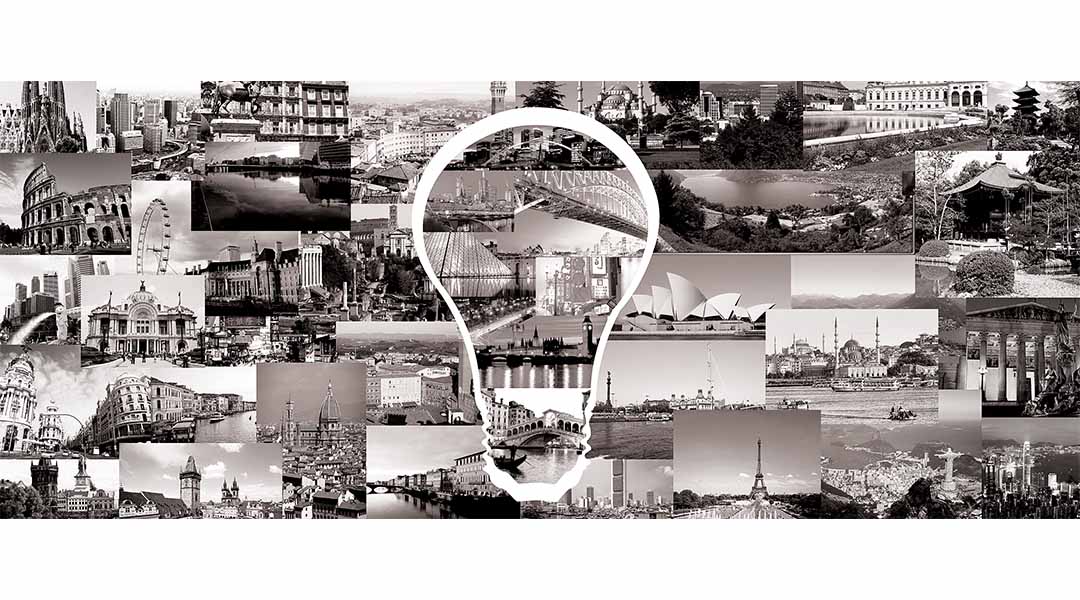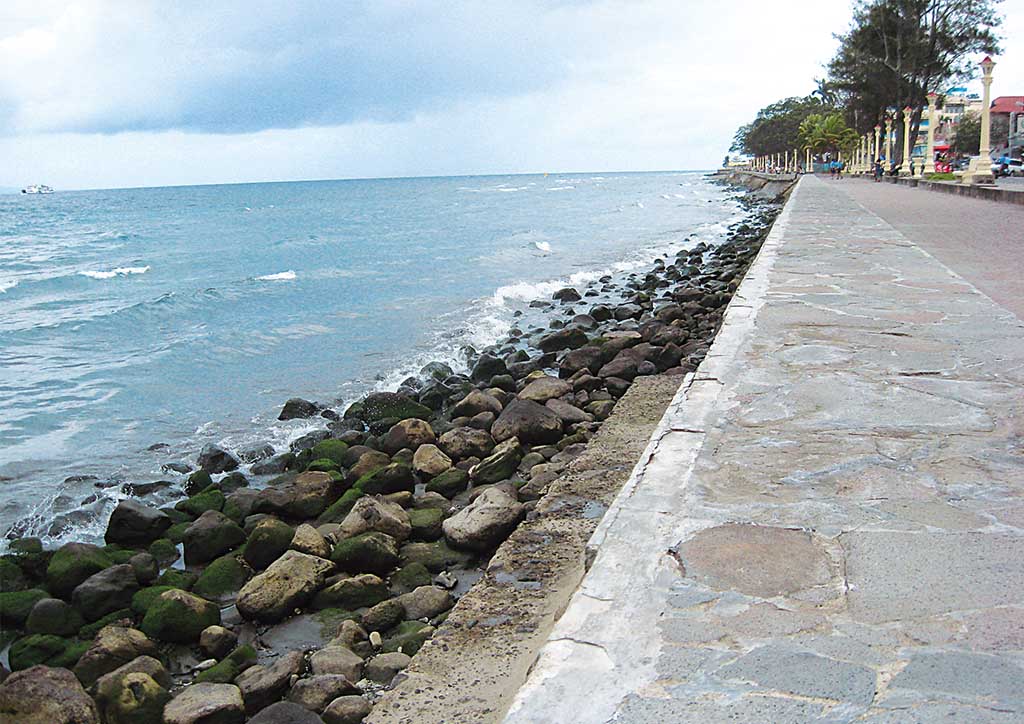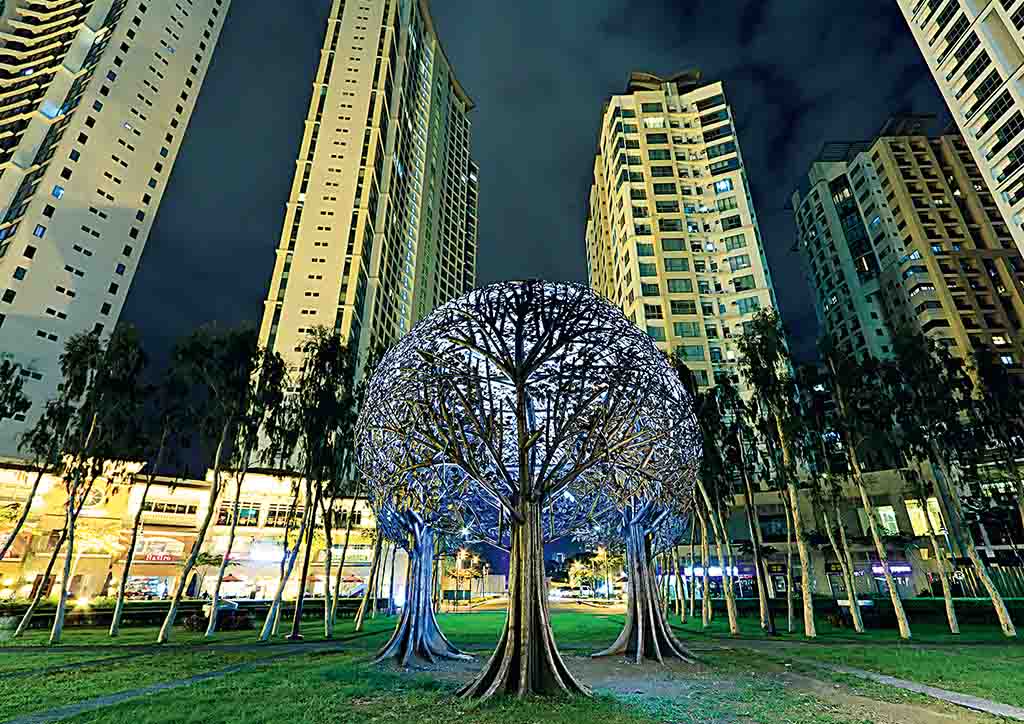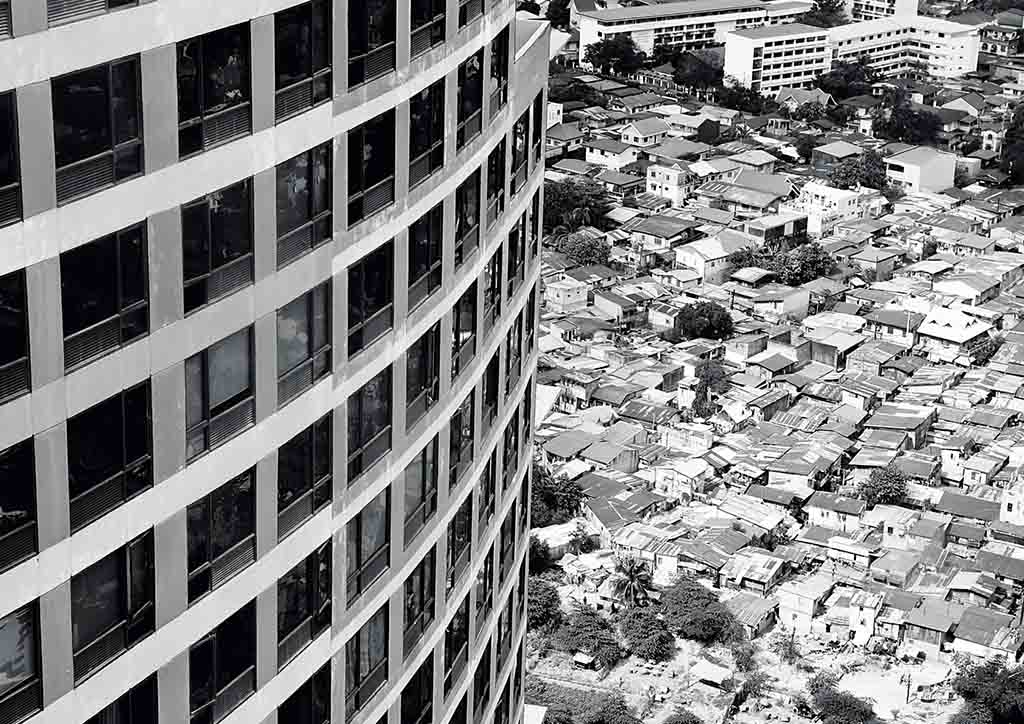
What makes a great Philippine City (Part 2)
What is it about a great city that evokes an instinctive reaction the moment one enters it? Many European, North American, and Australian cities have distinctive auras that have become the stuff of fables, but what about Philippine cities? Do they have auras that inspire stories?
In search of answers, an opinion survey was conducted by BluPrint magazine and the Urban Partnerships Foundation (UPF) asking readers to name their favorite Philippine city, and then describe what it is about that city that appeals to them. (Editor’s Note: The survey was conducted via BluPrint’s Facebook page in 2012.) The idea was to examine Philippine cities that in the eyes of respondents have a distinctive feel, that work on both the practical and instinctive plane, and that tempt people to find a seat at a central vantage point and just watch the show.
Respondents were also asked to name a city that they dislike, and then describe what it is about that city that turns them off.
The respondents included students, call center employees, tour guides, and architects. Their choice of most liked cities was quite diverse. The list included Bonifacio Global City in Taguig, Baguio, Iloilo, Dumaguete, Cebu City, Davao, Kabangkalan City (Negros Occidental), Puerto Princesa City, Quezon City, and Vigan. Also named were BF Homes in Paranaque, Ibajay in Aklan, Jolo and Maimbang in Sulu, Barrio Kapitolyo in Pasig, and Alabang in Muntinlupa.

Distinctive Qualities
Abdul Malik Malinao Diamla said he chose Davao City for its “history, culture, and people who live and respect each other; home of the kings and queens (Mt. Apo, Philippine Eagle, durian and orchid); mixture of clean urban and inviting rural areas…and good urban governance (low crime rate, no smoking ordinance).”
READ MORE: One Zero Design Co. views Escolta through harrowing and hopeful visions in ‘Imprints’ exhibit
Richard Ragrag Franco, a 28-year old architect, named Bonifacio Global City (BGC, in Taguig) his favorite. According to him, BGC has a “combination of good planning with modern buildings; more arts and playground open spaces for children and people; eco-friendly e-jeepneys with good mode of transportation of buses, jeepneys and private cars; and easy access to all other cities of Metro Manila.” Photographer Fung Yu also named BGC his favorite city, citing that it is “clean, organized, and disciplined.” Tagz Tagulinao added that BGC “seems not to be crowded.”
Carlos Borromeo, a 22-year old student, chose Dumaguete City. He says “it is a coastal city that is very walkable. The streets are aligned in such a way that the breeze from the ocean reaches the inner parts of the city.” Tom Carumba, another architecture student, also chose Dumaguete City for the following reasons: “Green spaces—fresh air and less pollution, lots of trees; walkable—wide sidewalks, seaside boulevard with good- looking lamps; history—historical sites such as the Belltower and American colonial buildings in Silliman University.”
YOU MIGHT LIKE: Filipino Form and Substance
Alfred Adrian Chavez, 28, a graduate of philosophy, named Iloilo City as his choice. He cited that “with the rehabilitation of the Iloilo River, it only shows how pollution in the city has been conquered; the Iloilo River Esplanade is on its way to completion, making the river a major tourist attraction.” Chavez also mentioned that the city is “home to the country’s Queen festival—Dinagyang; and that Iloilo is the festival capital of the Philippines; that amidst urbanization, the preservation of important establishments, churches, mansions, and historical spots are visible; and that Iloilo has the best dishes and delicacies; food is priced within reach—from seafood to La Paz batchoy, from pancit molo to butterscotch, from barquillos to Mang Inasal.”

Jeehan Fernandez, 30, a journalist, echoes Chavez’s likes about Iloilo City. So does Mark Timothy Libunao, 29, a medical student, who further adds that “the major private and government institutions are just a stone’s throw away from each other, thus making life less difficult in transacting business with government agencies and attending to personal needs such as shopping, dining, going to church, etc.”
YOU MIGHT LIKE: The Mornings After: Escolta Block Parties are more than one-night affairs
A number of respondents named Baguio as their choice. Van Mclean Robles, 21, a news writer, lists his likes for Baguio because of its unified Cordillera culture, the locals’ reference to nature, and festivals. Neil Anne, 21, a communications specialist, adds culture, climate, and people. Rudyford Milby also chose Baguio for its pine trees, festivities, and mild climate.
Andrei Purugganan named Vigan as his choice. He cites that Vigan is “the best preserved Spanish colonial town in Asia. It has the least number of people living below the poverty line. It is the city with the most romantic ambiance. No other city in the Philippines can give you a nostalgic feeling of our history. It is a living museum. It is very safe, with one of the lowest crime rates in the country. It has preserved the calesa—the most traditional mode of transport. Vigan has very respectful people.”
READ MORE: Can we really design discipline into our “nakamamatay” streets?
Although not really a city in the strict sense of the word, BF Homes (in Parañaque) was named by AC Mendoza as his most-liked city. He said: “Everything is accessible—restaurants, drugstores, banks, bake shops, churches, grocery stores, fire station, barangay hall, hospitals and clinics, laundry shop, schools, and even motor repair shops.”

Another urban district that was named was Barrio Kapitolyo (in Pasig). Noel Nuguid, who has lived in the area for most of his life, claims that Kapitolyo “provides great accessibility to various areas of Metro Manila. It is commutable as well, though relatively easier to get around by automobile.”
YOU MIGHT LIKE: The politics and problems of placemaking in the Philippines
The Most Disliked Cities
The survey also asked the question, “Of the cities you have lived in or visited, which one do you dislike the most, and what about it do you dislike?” The majority of respondents named Manila as their most disliked city. They cited pollution, uncollected garbage, dirty streets, heavy traffic, congestion/overcrowding, crime and slums as the features they most disliked. Next on the list was Pasay, followed by Quezon City, Makati, and Zamboanga.
The other negative attributes cited were the high cost of living, lack of discipline among the people, mendicants, no open space, billboards, jeepneys, and unsafe streets especially for children.

What Do the Results Mean?
The survey, while far from scientific, revealed some encouraging signs for many Philippines cities while pointing out the negative features in some others, most notably Manila. A large number of respondents named Manila as their most disliked city and cited a long list of its negative qualities which turned them off. Even specific districts in Manila, namely Sampaloc and Tondo, were singled out. The three most disliked qualities of Manila were its over-crowdedness, filth and traffic. Other negative qualities cited were slums, crime, the feeling of insecurity, pollution and lack of sidewalks.
READ MORE: Order, nature, and the human spirit—some thoughts on placemaking
To the question, “What aspects of your most-liked city make you feel good about it?” the top three answers were: 1) rich history, preserved heritage buildings and sites; 2) accessibility of commercial areas and basic services, easy
to get around; and 3) preserved environment, respect for nature and presence of rivers. These were followed by good food, cleanliness, lots of trees and green open spaces, and modern buildings. Also cited were good governance, walkability, festivals, clean air, safety, and low crime rate.
Many of the responses to the survey support the notion that cities evolve, and that over time, neighborhoods, districts, and public gathering places develop a unique identity that becomes ingrained. Philippine cities are less advanced along the evolutionary trail than many of the world’s iconic cities, but the potential is there.
READ MORE: What makes a great Philippine City? (Part 1)
Whether it is rivers, mountains, oceans, or climates that vary from Baguio’s cooler temperatures to Dumaguete’s warmer climes, Philippine cities represent the entire spectrum of physical settings. From the orderliness and intellectual energy of the Bonifacio Global City and the historical ambience of Vigan, to the festive culture of Iloilo and the pristine natural environment of Puerto Princesa, Philippine cities do have an identifiable Filipino ethos clearly visible in civic interaction.
The survey results validate the belief that people need to belong—to a workplace, a community, a way of life. Out of that emerges love and loyalty. A city with these qualities is a perpetual-motion machine. It is prosperous because it has city spirit. This spirit is seductive to visitors and investors. It makes for a livable city.![]()


